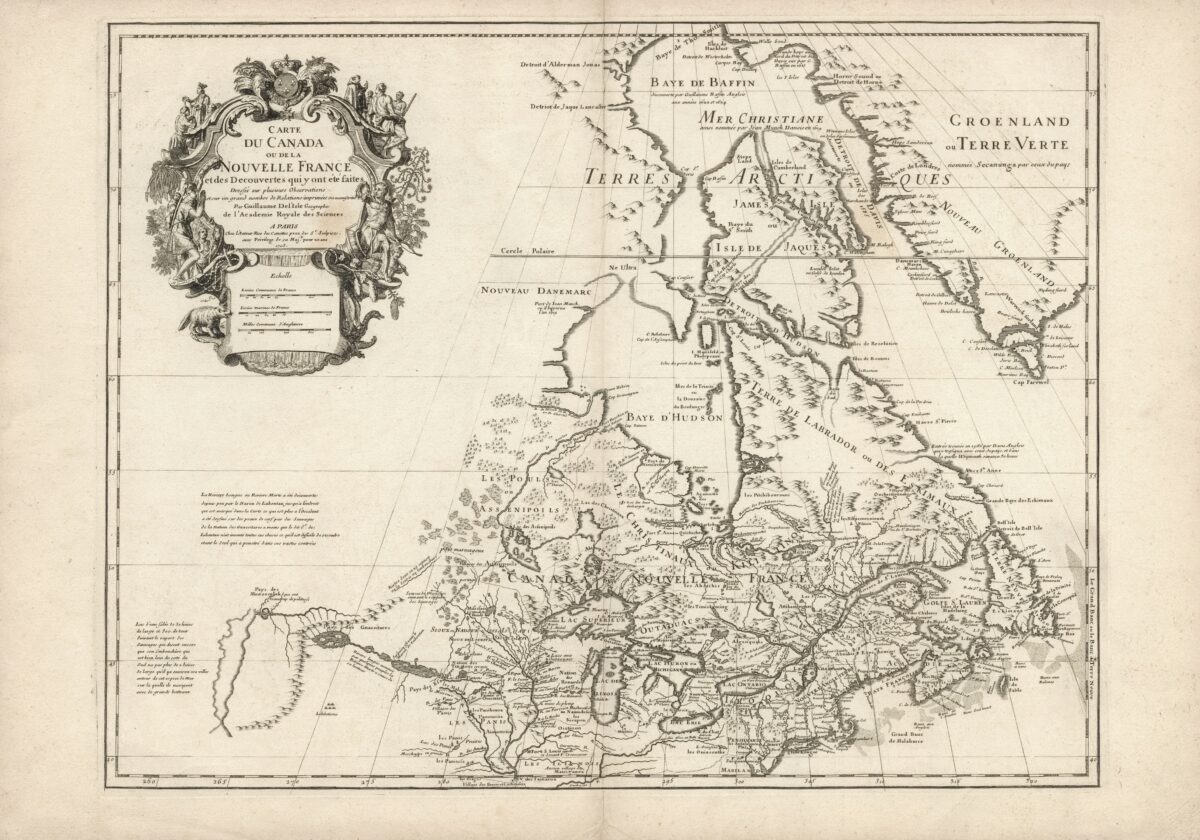Flowers have been important to human beings since time immemorial. Many thousands of years ago, Neanderthals appear to have buried their dead with flowers, and to this day we mark special occasions with flowers of all sorts.
The word ‘floriography’ is sometimes known as ‘the language of flowers’ and it refers to the codified meanings that are given to flowers in many cultures around the world. For example, in Persian poetry and art, the rose is a symbol for love and divine beauty, while the tulip represents martyrdom, and in Indian art, the lotus flower symbolises purity and spiritual awakening.
In western cultures, floriography became wildly fashionable in the nineteenth century. Art, from popular valentines and greetings cards to some of the best-known works by well-known artists, often included visual representations of flowers with specific connotations that would be understood by the viewer, giving the image hidden depths.
The codified meanings of floriography still hold more sway in modern societies than you might think at first glance. Many Italians, for example, will not thank you if you hand them a bunch of chrysanthemums on a happy occasion: in Italy, chrysanthemums are the flowers of the dead and are not seen as an appropriate gift outside of events associated with funerals.
Photo Source: https://unsplash.com/photos/pink-roses-in-close-up-photography-6PacGjiwQyw










